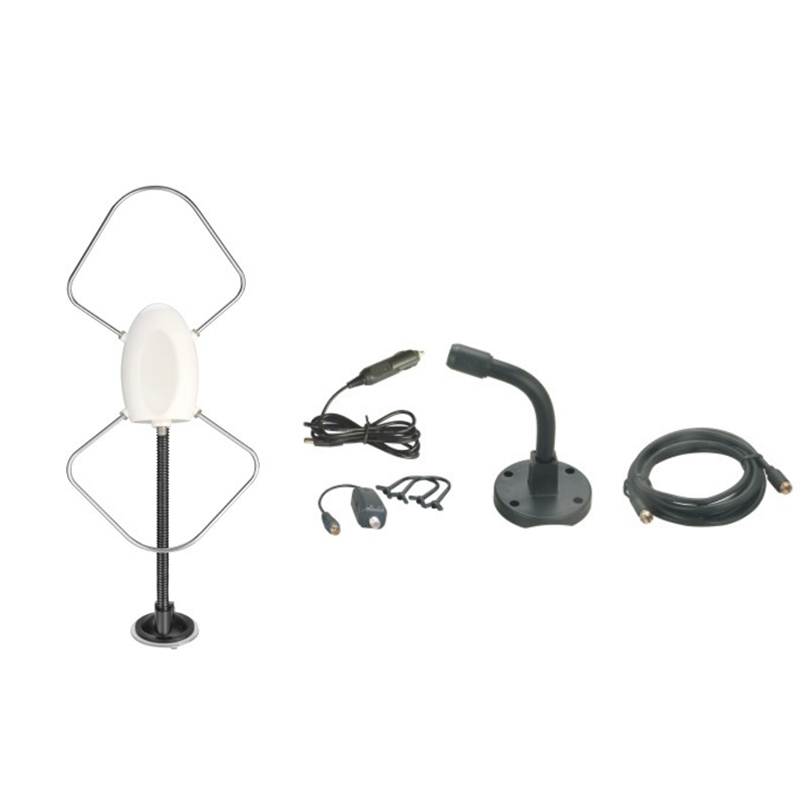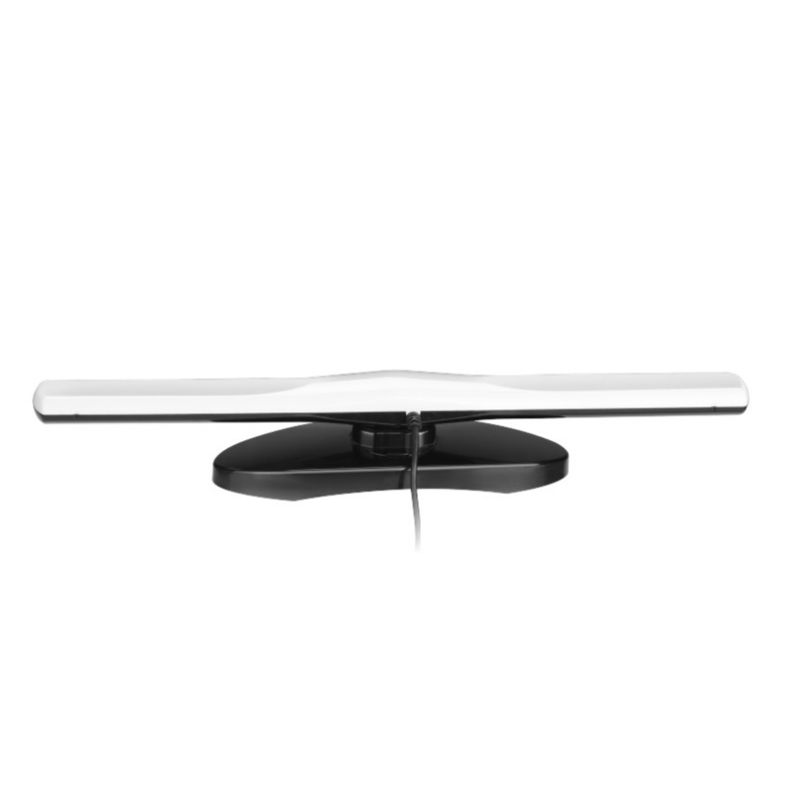Frequency range: 26.5- 28MHz SWR: ≤1.2:1 Max. power: 35W continuous 250W Short time Bandwidth at S.W.R. 2:1: 1900KHz Impedance: 50ohm Whip length: 1200mm Adjustment: 0~90° Cable Length: RG58/157" Po...
See DetailsHow should the optimal size of CB Antenna be determined under different frequency bands?
Determining the optimal size of a CB antenna (Citizen's Band Antenna) in different frequency bands is a multi-faceted problem involving electromagnetics, antenna theory and practical applications. Here are some key considerations and steps to help you determine the optimal size of a CB antenna for different frequency bands:
Frequency band characteristics:
First, it is very important to understand the specific frequency band you wish to use the CB antenna for. Different frequency bands have different wavelength and frequency characteristics, which directly affect the size and performance of the antenna.
CB antennas are typically used in the 27 MHz band, but other frequency bands may be involved. Make sure you clearly understand the specific requirements of your target band.
Wavelength and antenna size:
The size of an antenna is usually related to its operating wavelength. Generally speaking, half-wavelength antennas and full-wavelength antennas perform well in specific frequency bands because they interact with electromagnetic waves efficiently.
For the 27 MHz CB band, the wavelength is approximately 11 meters. Therefore, a half-wavelength antenna is approximately 5.5 meters long, while a full-wavelength antenna is approximately 11 meters long.
Antenna type:
There are many types of CB antennas, including whip antennas, upright antennas, base antennas, etc. Each type has its specific size and performance characteristics.
Choose the antenna type appropriate for your application and environment. For example, whip antennas are generally shorter and more portable, while base antennas are more suitable for fixed installation and have better performance.
Gain and directivity:
The gain and directivity of the antenna are also factors to consider when determining the optimal size. Higher gain generally means better signal transmission and reception, but may also increase the size and complexity of the antenna.
Depending on your communication needs (e.g. distance, obstacles, etc.), weigh gain and directivity against antenna size.
Actual installation considerations:
In addition to electromagnetic factors, actual installation conditions are also an important factor in determining antenna size. Consider factors such as installation location, available space, environmental obstacles (such as trees, buildings, etc.), and wind loading.
When selecting an antenna size, make sure that the chosen size antenna can be stably installed and work effectively in the actual environment.
Regulations and Licensing:
In some areas, the use of specific types or sizes of antennas may be subject to local codes and permitting requirements. Make sure you understand and comply with the regulations to avoid legal issues.
To sum up, determining the optimal size of a CB antenna in different frequency bands requires comprehensive consideration of multiple factors such as frequency band characteristics, antenna type, gain and directivity, actual installation conditions, and regulatory and licensing requirements. The choice of the best size should be based on trade-offs based on your specific needs and actual application scenarios.

 English
English Español
Español













Contact Us